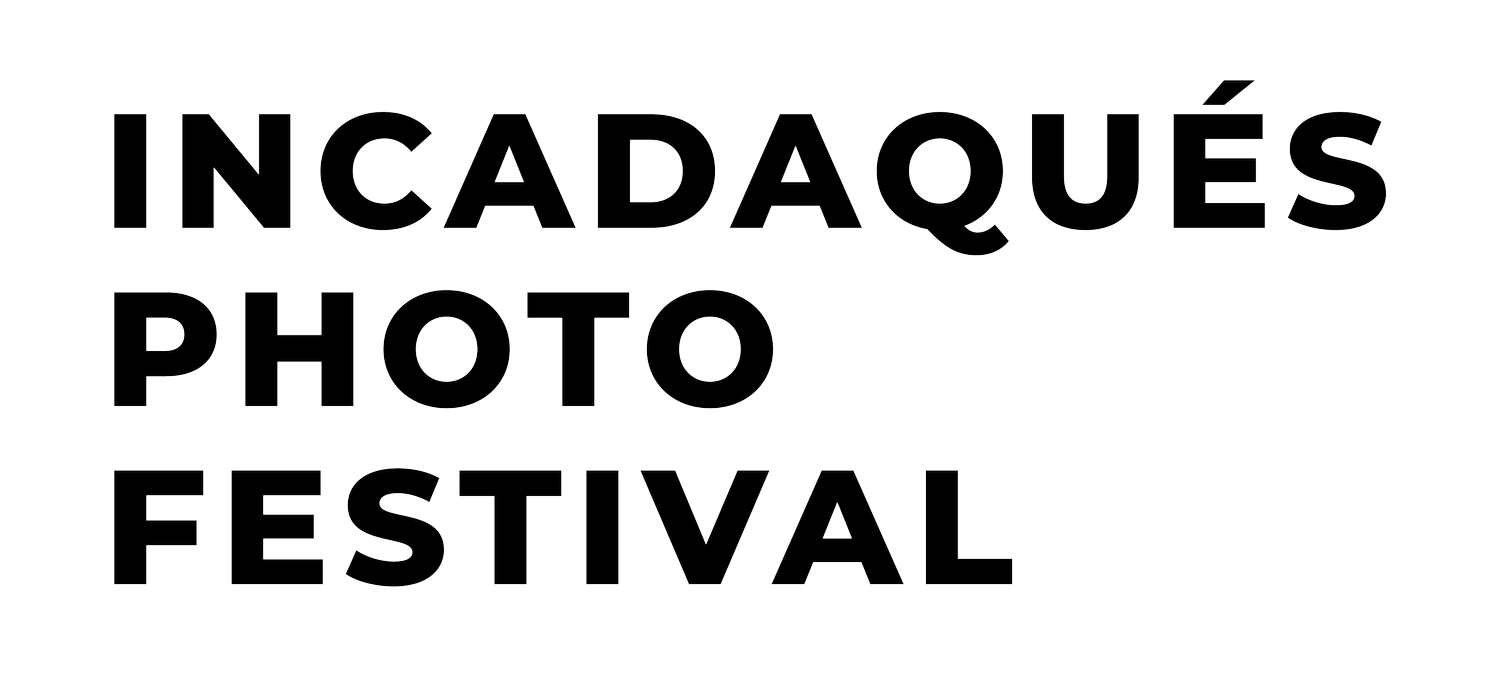Instagram @liarochasparis
Lia Rochas-Páris
FRANCE
A multidisciplinary artist, Lia works with words and images through various mediums: collages, photography, photomontages, videos, poetic writings, photo novels, editions and installations.
Her approach is based on the observation that everything is a collage. Lia views each resource as a piece of a puzzle. She explores materials that she considers to be remnants of an era, with the intention of archiving memory and developing a personal archaeology. This desire to create a world is reflected in the recurring themes of tension she explores, such as the attraction of bodies in space, erotic deconstruction, weightlessness and movement, minerals and their vibrations, the cosmos, and the Milky Way.
Lia probes the full and the empty, highlights both the visible and hidden sides, and emphasizes the Ma, the space in-between, as the manifestation of a surrealist visual narrative open to multiple interpretations. With a master’s degree in Art Aesthetics and another in Design & Digital Arts, Lia Rochas-Pàris continues her reflections on the creative process, the materiality of images, and different forms of archiving.
• SERIES •
Eigengrau
Indescribable color perceived when one closes their eyes or tries to see through darkness, Eigengrau means "intrinsic gray" in German, also known as Eigenlicht, "intrinsic light." Some venture to describe this color as that of nothingness. Yet, this indefinable hue, generated by the action of the optic nerve, emerges like a breakthrough from darkness, an attempt to tame it. This shade, neither black nor white, becomes, through the mystery it exudes, conducive to imagination, to mental images, to what the eye cannot perceive but the mind tries to grasp.
If the term “Eigengrau” and the aesthetic and philosophical questions it raises intrigue me, it is precisely because of the ambiguity it suggests between the visible and the invisible, in other words, the “Mimesis” intrinsic to all artistic creation.
When it comes to collecting, deconstructing, and reconstructing from images gathered from magazines and books, the practice of collage requires making a choice between the front (visible) and the back (invisible), a unique approach to this artistic practice. This complexity lies between what one decides to show and what one ends up hiding, assuming that what is hidden can be guessed and leaves the imagination free to infiltrate.
Between poetry and “Mimesis”, approaching collages through the notion of “Eigengrau” allows me to develop a reflection on the indefinable, on interiority, and thus to explore the mystery of mental space.






